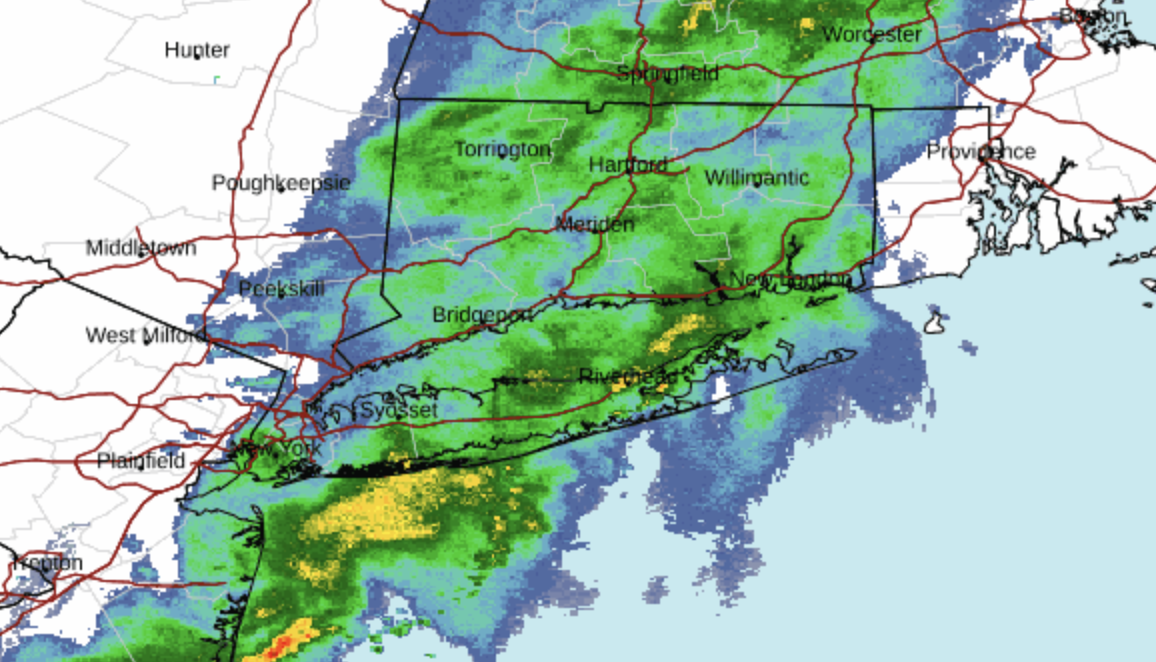
MTA Love. Two words that have never before been paired have been practically joined at the hip during the recovery from Superstorm Sandy. To wit:
- The “enthusiastic round of applause” accorded Metropolitan Transportation Authority chief Joe Lhota at last week’s Association for a Better New York breakfast by real estate magnates and other civic power brokers who have watched the MTA’s dedicated workers and managers safeguard the transit system and return it to service.
- The New York Times front-page headline on Friday, “Subway Repairs Border on the Edge of Magic” (quote courtesy of transit watchdog Gene Russianoff), captured the awe inspired by the “quicker than almost anyone could have imagined” restoration of subway service.
- Times transit reporter Matt Flegenheimer later elaborated: “The workers have gotten a ton of credit, the management’s gotten a ton of credit, people really think that this was sort of a minor miracle, that subway service came back as quickly as it did.”
Compare this MTA love with the scathing criticism of underperforming Con Ed, the Long Island Power Authority, the Port Authority, and the region’s gasoline suppliers, and you can sense a long-overdue reversal underway in the public’s view of the region’s primary public transportation provider: from “rathole” to miracle worker -- or at least, after the hubbub dies down, to workmanlike, dependable, and indispensable.
If permanent, that would be a big shift, indeed. And it brings up three questions:
- Will this improved view of the MTA lead Albany and City Hall to start reversing two decades’ worth of funding cuts, as the Times urged in an editorial today?
- Will it induce local electeds and federal officials to find additional funds for the system’s post-Sandy repairs and for future storm protection?
- Will it improve prospects for the city-regional toll realignment proposed by “Gridlock” Sam Schwartz that would generate an estimated $1.5 billion a year in net revenue, the lion’s share of which would be allocated to the MTA to maintain, improve, and expand service?
We think the answer to all three questions could and should be a resounding “yes,” particularly for #3.
Recall that distrust of the MTA may have been the biggest impediment to enacting Mayor Michael Bloomberg’s toll plan in 2007-2008, second only perhaps to the perception that Manhattan was getting off scot-free. “MTA rathole” was the meme brandished by opponents then, in tandem with the infamous (and false) “two sets of books.” Subsequent fare hikes and service cuts haven’t exactly eased resistance to handing the authority a big new revenue source. Why raise more money for the MTA, the argument has gone, when it can't be trusted with what it already has?
That line may no longer fly in a post-Sandy world. Not only has the MTA’s oft-maligned workforce more than proven its mettle under fire, but transit’s intrinsic and essential value to the region’s economy has become screamingly apparent. Two days after the storm struck, while drivers were mired in (and causing) monumental traffic jams, millions of New Yorkers were again riding buses and trains to jobs and other destinations around the region. And well before the second week was out, “[N]early everything under the Metropolitan Transportation Authority’s auspices, from its commuter railroads to its bridges and tunnels, [was] running close to normal,” Flegenheimer wrote, even as “desperate drivers [have had to] wait in line for hours to fill their tanks,” according to another Times story on Friday, on account of persistent gasoline shortages that have had the authorities posting police at filling stations.
Okay, perhaps we’re seeing eternal sunshine in a patch of clear sky. The two of us are allied with Gridlock Sam, as chief number-cruncher and political strategist, respectively. But in the year since Cuomo put Lhota in charge of the MTA, we’ve observed the tenor of public opinion begin shifting from virulently anti-MTA to, well, something less negative and more-nuanced -- a skepticism waiting, and perhaps wanting, to be dispelled.
Has public opinion changed course in Sandy's wake? If so, the MTA and, indeed, the entire regional transportation network could be embarking on a new era, in which smart, daring plans like Gridlock Sam’s toll-rebalancing scheme actually stand a fair chance of adoption.
Streetsblog contributor Charles Komanoff is a long-time traffic pricing modeler and advocate. Alex Matthiessen is the director of the Move NY campaign (to enact "Sam's Plan") and president of Matthiessen Strategies, Inc.





